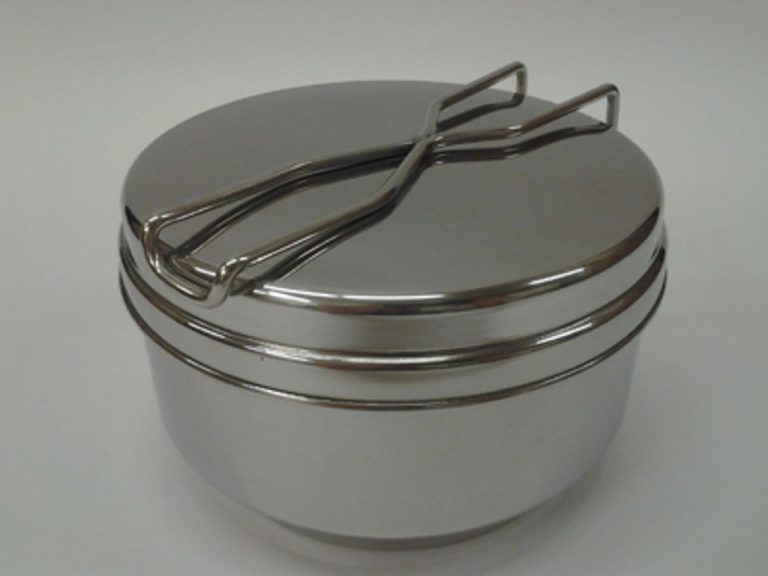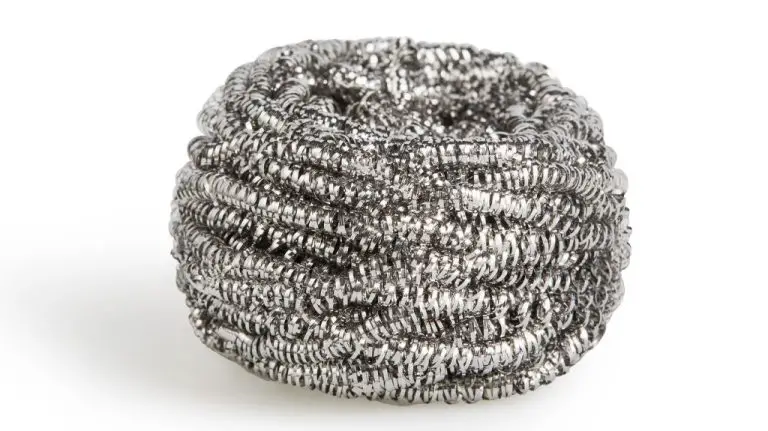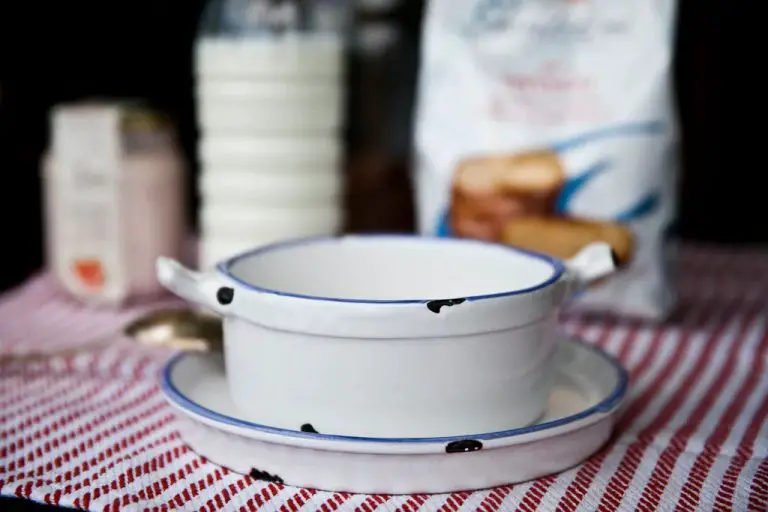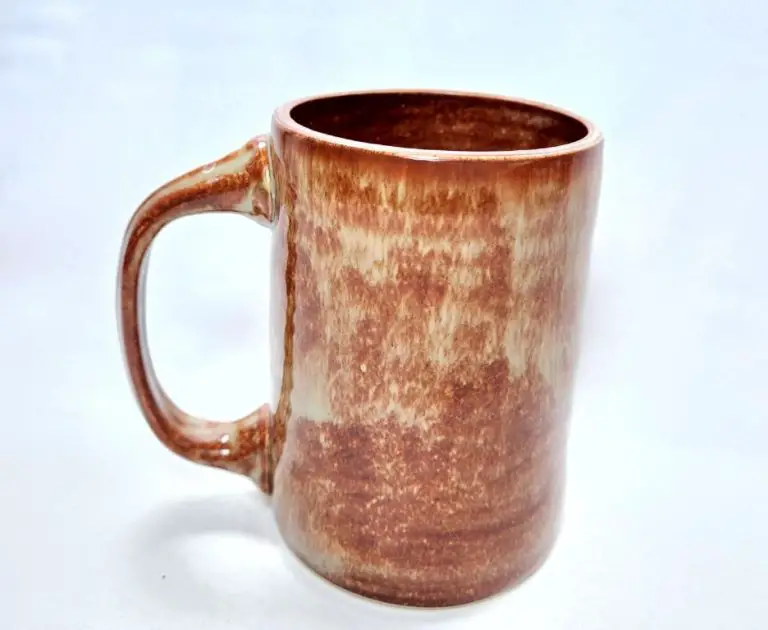How Do You Make Little Clay Bricks?
Clay bricks have been an integral building material for thousands of years. Evidence of sun-dried mud bricks dates back over 5,000 years ago to ancient Mesopotamia. Once fired in a kiln, clay bricks become far more durable and weather resistant. Their modular size and shape made clay bricks ideal for constructing walls, buildings, pavements, and other structures.
Today, clay bricks continue to be popular for their attractive appearance, durability, availability, and renewable nature. Bricks can be crafted in a variety of earth tone colors and textures depending on the clay composition. Homeowners, artisans, and contractors still utilize clay bricks for projects ranging from brick ovens, to patios, to structural walls. Learning how to make bricks from clay enables creating custom bricks on a budget.
This guide will walk through the end-to-end process for making clay bricks at home or in small batches. We’ll cover everything from choosing the right clay and mold materials, to shaping and drying the bricks, to firing them in a DIY kiln. Let’s get started with the satisfying experience of making your own clay bricks!
Gather Materials
The materials needed to make small clay bricks include:
-
Clay – The best clay for brickmaking is natural clay or potter’s clay, as opposed to fillers or synthetic modeling clay.
-
Sand – Sand is added as a filler to prevent cracking. Builders sand or sharp sand works best.
-
Water – Water binds the clay and sand particles together and forms the mixture into a workable consistency.
-
Molds – You can make homemade molds out of wood or purchase plastic brick molds.
-
Mixing tools – You’ll need tools like buckets, trowels, sticks, and your hands to properly mix the clay and sand.
You may also want access to straw, pea gravel, or other fillers to cut down on shrinking. Wearing an apron can help keep your clothes clean.
Prepare the Clay
The next step in making little clay bricks is preparing the clay. This involves processing the raw clay to remove any debris and ensure a smooth, workable consistency. Here are the key steps for preparing clay:
- Break up and clear away any rocks, roots or debris from the raw clay. Use your hands or tools to remove anything that could get in the way during molding.
- Add sand and/or grog (ground up fired clay), around 20-30% by volume, to the raw clay and mix thoroughly. Adding these aggregate materials improves the clay’s workability and strength in the fired bricks.
- Mix the clay with water to reach an ideal moist consistency that is pliable but not sticky. The clay should be moist enough to form a ball that holds its shape without cracking when squeezed.
- Knead and wedge the clay on a flat surface. Cut the clay in half, slam the halves together, then repeat to help evenly distribute moisture and eliminate air pockets.
- Cover or wrap the clay to prevent it from drying out as you work. Allowing the clay to rest between wedging can also improve its workability.
Taking the time to thoroughly process and prepare the clay is an important step. Properly cleared and wedged clay will lead to higher quality bricks that hold their shape in the mold and dry evenly.
Make the Molds
To make the molds for shaping your clay bricks, you can use either wood or plaster. The molds determine the size and shape of the finished bricks.
For wood molds, use planed lumber that is straight and without knots. Cut the wood to the desired dimensions for your bricks. Common sizes are 4″ x 8″ x 2″, but you can make any size you want. Assemble the pieces of wood into a four-sided open box shape. You may want to apply a release agent like oil so the bricks don’t stick.
For plaster molds, build a prototype wood mold first. Then press this into moist plaster to create a negative mold. Let the plaster fully cure before using it. Plaster molds hold detail well but are more time consuming to make.
In general, larger molds are easier to work with. Small molds like 2″ cubes can be tricky for releasing the clay bricks. Larger sizes like 4″ x 8″ are a good compromise between a manageable size and producing full-size standard bricks.
You can make several molds and work assembly line style for efficiency. Have all your molds ready before you start shaping the clay into bricks.
Shape the Bricks
Once you have filled the molds with clay, it’s time to shape the bricks. Use a flat stick or scraper to level off the top of the clay in the mold. Scrape any excess clay off the top to create a smooth, flat surface. Go over the top again with a wet cloth or sponge to further smooth it out. Make sure the top is as even as possible so your bricks will have straight edges.
After smoothing the tops, let the clay sit in the molds for a little bit until it firms up slightly. Then, turn the molds over onto a flat surface covered with a thin layer of sand or dirt. Lift the mold up carefully to reveal the damp clay brick. Move the bricks to a drying area, placing them with space between each one. Be gentle when removing the bricks from the molds so they keep their shape.
Repeat this process until all your clay has been used to fill the molds. Check for any imperfections in the bricks and smooth them out with your fingers if needed. A steady hand while shaping the moist clay will result in nicely formed bricks once fired.
Dry the Bricks
One of the most important steps in making clay bricks is allowing them to dry properly. After the bricks have been formed, they need time to dry and harden before they can be fired. The drying process normally takes 1-2 weeks, depending on the size and thickness of the bricks.
During the drying process, moisture evaporates from the clay slowly. It’s crucial that the bricks dry slowly and evenly. If they dry too rapidly, cracks and stresses can develop in the bricks which will remain after firing. Ideal conditions for drying are in shade at moderate temperatures between 60-80°F. The bricks should be protected from rain, direct sun, and wind which can quickly draw out moisture.
As the bricks dry, turn them over every few days to ensure even drying. You can test if they are ready for firing by tapping on them and listening for a clean, hard ring. Avoid firing the bricks if they still sound dull. Patience is important at this stage to end up with sturdy, hardened bricks that will last a long time.
Build the Kiln
When firing clay bricks, you will need access to a kiln that can reach extremely high temperatures. Kilns can be temporary structures made from materials like bricks and mud, or more permanent kiln structures made from materials like firebrick and cement.
For temporary kilns, stack bricks or cob (mud and straw mixture) to form an enclosed chamber large enough to hold your bricks for firing. Make sure to leave an opening for loading the kiln. These structures do not retain heat well, so you will need to continually feed fuel to maintain high temperatures.
More permanent kilns are made from high heat resistant materials like firebrick and castable refractory cement. Building a permanent kiln takes more time and skill but allows for better heat retention and temperature control. The kiln chamber should be insulated with ceramic fiber blanket or refractory bricks to maximize heating efficiency.
No matter what type of kiln you construct, it must withstand repeated heating to over 1000°C. Ensure the foundation is stable, use heat resistant mortars, and design adequate ventilation. With proper construction and firing methods, both temporary and permanent kilns can successfully fire clay bricks.
Fire the Bricks
Firing the bricks is one of the most important steps in the brick making process. It transforms the soft, wet clay into hard, durable bricks. The goal is to heat the kiln and bricks to a target temperature range that will vitrify the clay particles without melting them completely. Typical firing temperatures are between 900-1000°C (1650-1850°F).
The firing process needs to heat up and cool down gradually. Rapid temperature changes can cause the bricks to crack or explode. Start by raising the kiln temperature 50-100°C per hour. Maintain the peak temperature for 1-2 hours before slowly cooling the kiln about 50°C per hour.
Underfiring the bricks below 900°C will leave them soft, porous and prone to crumbling. Overfiring above 1100°C may cause bloating deformities, melting, or vitrification where the clay glazes over. Carefully monitor the kiln temperatures with pyrometers and make adjustments to maintain the optimal heat.
Test bricks should be placed at different positions in the kiln to check for hot and cool spots. Keep detailed firing logs each time noting the temperatures and durations at each stage. This will help refine the process for achieving evenly fired bricks with the desired hardness, porosity and color.
Finish the Bricks
Once the bricks have been fired and cooled, they are ready for any final finishing steps. Here are some ideas for smoothing, coloring, or decorating the finished clay bricks:
Smoothing – Any rough edges or extra bits of clay can be smoothed off with sandpaper. Start with a coarse grit sandpaper to remove larger irregularities. Then use progressively finer grits to achieve a smooth surface. Be sure to sand evenly across the entire surface of the brick.
Coloring – Fired clay can be colored or painted in many ways. Acrylic craft paints work well for adding color. Make sure to use an exterior-grade paint. For more permanent coloring, ceramic stains can be applied before firing. These permeate the clay and won’t peel or scratch off. Glazes are another pre-fire option for coloring and sealing the bricks.
Sealing – A clear acrylic sealer can be brushed over the finished bricks to seal and protect any paints or stains. This helps the coloring last longer against weathering. Reapply new coats every 1-2 years.
Texturing – Interesting textures can be pressed into the raw clay before firing. Items like stamps, meshes, or textured rollers can imprint patterns. Or the clay can be textured by brushing, carving, or other hand texturing methods.
Decorating – Paints, glazes, stains and more can allow for all kinds of decorative techniques. Bricks can be stenciled, stamped, sponged, splattered, or freehand painted. Decals or ceramic waterslide transfers offer detailed decorative images. Just about anything goes for personalizing the finished clay bricks!
Use the Bricks
Once your bricks are finished and cooled, you can use them for all kinds of fun and creative projects! Here are just a few ideas to inspire you:
Build a Miniature City – Use your bricks to construct buildings, roads, bridges, and more to create your very own miniature city. Let your imagination run wild and design unique structures and layouts.
Make Brick Furniture and Decor – Fashion benches, tables, planters, and other items to decorate your home and garden. Get creative with special brick shapes and patterns.
Construct a Backyard Oven or Grill – Build an old fashioned brick oven or grill for baking pizzas, roasting vegetables, or grilling meats in your backyard.
Repair and Restore Masonry – Your homemade bricks are perfectly sized for repairing and restoring existing brick walls, fireplaces, planters, walkways, and more around your home.
Create Building Blocks for Kids – Make larger, chunkier bricks that are sized right for little hands to stack and build with. It’s an educational, creative activity for kids.
Build an Herb Garden – Make a planter box with drainage holes using your bricks. Then fill it with soil and herbs for a DIY herb garden you can enjoy cooking with.
Line a Pathway – Lay down bricks to build a charming pathway leading to your front door, through your garden beds, or winding around your yard.




